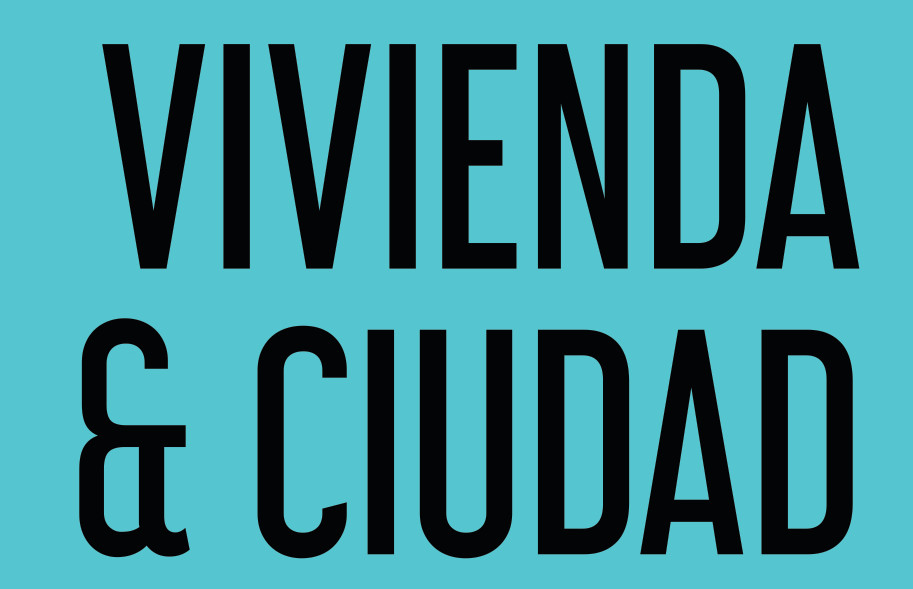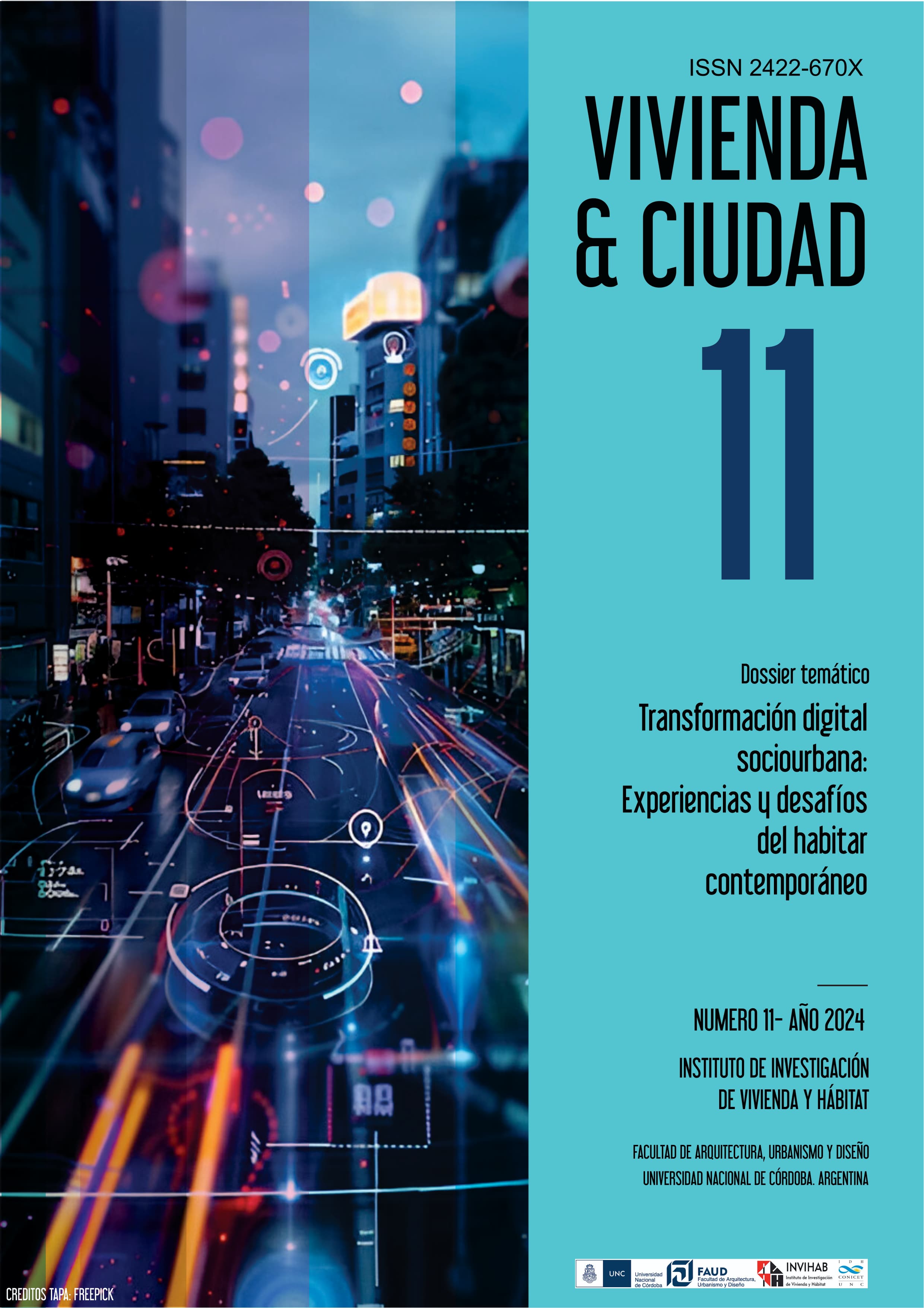Analysis of social struggles against asbestos in Colombia
Keywords:
resistances, subjectivities, spacesAbstract
This article aims to propose a contextualization of the struggles led by social subjects in defense of the right to life, against the use of carcinogenic materials. The study contemplates the genesis of asbestos, complaints made by experts, workers and victims' organizations for decades for its control and prohibition, and some of the obstacles that the subjects overcame in order to regulate it. Two places of enunciation stand out that allow us to analyze the resistant policy against asbestos: on the one hand, the complaints of the affected workers and the struggles of the people who inhabited spaces degraded by the material.
References
Báez Baquet, F. (2017, enero 12). “Familial Mesothelioma: ‘The Serial Killer’ of the Corporative Crime” by Francisco Báez Baquet |. Global Ban Asbestos Network. Social Media Community. https://www.gban.net/2017/01/12/familial-mesothelioma-the-serial-killer-of-the-corporative-crime-by-francisco-baez-baquet/
Barragán Alvarado, M. F., & González Mayorga, N. K. (2017). Contaminación por asbesto y su relación con la incidencia de melotelioma y otros tumores malignos del tracto respiratorio en la población del municipio de Sibate Cundinamarca e el periodo de 2007 - 2015 [Universidad de Ciencias Aplicadas y Ambientales U.D.C.A]. https://repository.udca.edu.co/handle/11158/778
Cruz-Rodríguez, E. (2020). Prohibición del uso del asbesto en Colombia, una perspectiva desde el enfoque interpretativista en el análisis de las políticas públicas [Trabajo de maestría, Universidad de Nacional de Colombia]. https://repositorio.unal.edu.co/bitstream/handle/unal/81172/1020784962.2021.pdf;jsessionid=2E136F7697C56FD68D56A724DAD668D3?sequence=3
Davis, M. (2007). Ciudades muertas: ecología, catástrofe y revuelta. Traficantes de Sueños.
Foucault, M. (2008). Tecnologías del Yo. Y otros textos afines. Paidós.
Grinberg, S., Gutiérrez, R., & Mantiñán, L. (2012). La comunidad fragmentada: gubernamentalidad y empoderamiento en territorios urbanos hiperdegradados. Revista Espacios Nueva Serie, 7, 154–172.
Masmela, D. A. P. (2019, mayo 20). ¿Por qué es urgente prohibir el uso del asbesto en Colombia? [Text]. Universidad de los Andes - Colombia - Sitio oficial. https://uniandes.edu.co/es/noticias/ingenieria/por-que-es-urgente-prohibir-el-uso-del-asbesto
Mbembe, A. (2011). Necropolítica: seguido de Sobre el gobierno privado indirecto. Melusina.
Molano Camargo, F. (2019). El relleno sanitario Doña Juana en Bogotá: la producción política de un paisaje tóxico, 1988-2019. Historia Crítica, 74, 127–149.
Ossa Giraldo, A. C., Gómez Gallego, D. M., & Espinal Correa, C. E. (2013). Asbesto en Colombia: un enemigo silencioso. Iatreia, 27(1).
Quevedo, D. (2021, julio 14). ¿Por fin la hora cero del asbesto en Colombia? Derecho del Medio Ambiente - Universidad Externado de Colombia.https://medioambiente.uexternado.edu.co/por-fin-la-hora-cero-del-asbesto-en-colombia/
Redacción Política. (2022, diciembre 3). Perspectiva. La lucha contra el asbesto, una cruzada que no da tregua. El Nuevo Siglo.http://www.elnuevosiglo.com.co/articulos/12-01-2022-la-lucha-contra-el-asbesto-lleva-el-nombre-de-su-principal-promotora-ana
Uzkudun, J. (2022, agosto 20). “Negacionistas” del cáncer profesional, obstaculizan su prevención. VientoSur.https://vientosur.info/negacionistas-del-cancer-profesional-obstaculizan-su-prevencion/
Vargas Murcia, E. (2021). Emergencias críticas: prácticas disidentes y resistentes en la arquitectura. Cambios y Permanencias, 12(2), 644–671.https://revistas.uis.edu.co/index.php/revistacyp/article/view/12849
Vogel, L. (2009). El asbesto, un crimen de masas en tiempo real. VientoSur, 106, 105–112.
Downloads
Published
Issue
Section
License
Copyright (c) 2024 Enver Vargas Murcia

This work is licensed under a Creative Commons Attribution-ShareAlike 4.0 International License.
Authors who publish in this journal agree to the following terms:
a. Authors retain copyright and guarantee to the journal the right to be the first publication of the work as well as licensed under a Creative Commons Attribution-ShareAlike 4 license.
b. Authors may separately establish additional agreements for non-exclusive distribution of the version of the work published in the journal (e.g., placing it in an institutional repository or publishing it in a book), with an acknowledgement of its initial publication in this journal.
c. Authors are permitted and encouraged to disseminate their work electronically (e.g., in institutional repositories or on their own website) before and during the submission process, as this may result in productive exchanges, as well as earlier and greater citation of published work (See The Effect of Open Access).
d. 4.0 International Creative Commons Attribution-ShareAlike 4.0 License.










